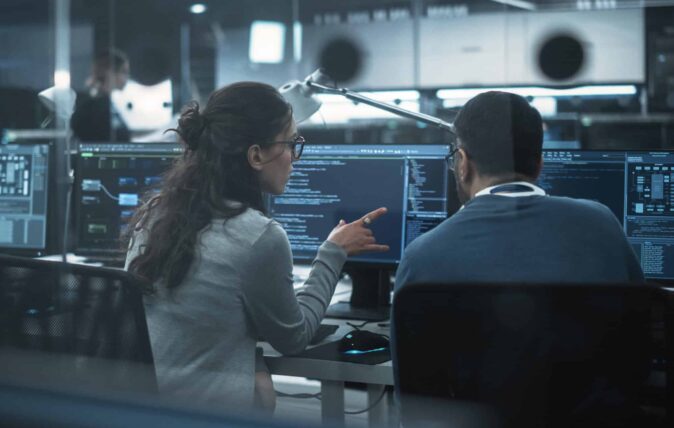Protective Intelligence: Mobile Applications are the New Norm

- Due to protective intelligence failures, our efforts to identify surveillance were born out of necessity.
- Technology innovation continues to drive better protection tools.
- A mobile application enables the officer to rapidly identify persons or vehicles that pose a proximity risk.
I’m a big believer in understanding how we got here. Due to protective intelligence failures, our efforts to identify surveillance were born out of necessity. In the early days of surveillance detection, our mission was pretty straightforward. Hunt for surveillance. Watch for the watchers. Look for people planning inappropriate contact with a high-profile person or planning an attack. In principle, it sounds simple, but in reality, tough to do.
We operated in the shadows, in cars, bicycles, and on foot, separate from the traditional protection team. We were a badly dressed crew and did not stand out from the crowd. But, we became very good watchers. I learned that you could sit for hours on a park bench or bus stop without anyone noticing you, and to this day, I think about that every time I pass a bus stop.
The technology we used was from the 1970s. Binoculars, Polaroid cameras, big Sony recording devices with VHS tapes, Motorola radios, and pagers. Our intelligence feeds were transmitted via pagers or shared over a radio, which was always hard to hide. I can still see a protection officer we were training on a bench in New York City talking into his rolled-up New York Times, with his radio antenna sticking out. The video of the officer talking into his paper was priceless and far from discreet.
Our teams worked with lots of paper, handwritten notes, or typed BOLOs stuck in shirt pockets, Banana Republic vests, and placed above sun visors of non-descript cars. At times, all we had to go on was a grainy black and white surveillance photograph of a person of interest (POI). Many were thumb-tacked on a wall next to my wooden desk, above the Rolodex and 3×5 cards, which was my database.
In the field, protective intelligence information was stored in command post hotel rooms and handwritten into a surveillance log. After the detail was over, incidents were data-based for future use, as time permitted. Our ability to vet a threat on the street was challenged, to say the least, because technology and smartphones were still on the horizon.
That is no longer the case. We have crossed a new frontier into threat detection with mobile applications. In fact, mobile apps are the new norm.
On a practical level, why is a mobile ability so important? Information is the lifeblood of any protective mission, and threats are mobile. POIs move with the protected person, and fixated persons stalk their prey. POIs lurk, travel, drive by houses, visit offices, and show up in unexpected places. Time and time again, I’ve seen all of these unhealthy actions take place. For the officer on the street, real-time facts and data matter. Pictures, videos, names, license plates, vehicle descriptions, and past incidents are required to do the job right.
A mobile app enables the officer to rapidly identify persons or vehicles that pose a proximity risk.
Here are a couple of examples:
- A moving protection officer is not only keeping an eye on the executive but also watching for surveillance. It’s also important to expand surveillance detection efforts near departure points. Having protective intelligence data at your fingertips enhances protection and provides a more secure environment for the executive or VIP.
- For efficiency’s sake, security officers at a residence or on patrol at the main office should be able to research and catalog suspicious incidents, vehicles, and persons because the same person can show up at different locations over time and distance.
Like flashlights and radios, mobile apps should be part of every officer’s gear. What I would have given for that capability and technology in 1986…
Visit Ontic’s Center for Connected Intelligence for strategies and best practices, insights on current and historical trends, and lessons learned from physical security peers and industry experts.






